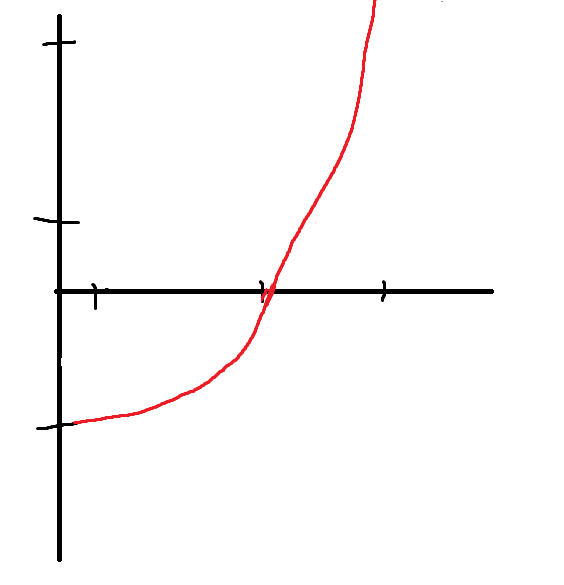You originally said, that quell speed SHOULD have a linear increase, based on its modifier.
You also said that it SHOULD not get negative values for stats below 60.
I simply went with exactly what you said.
“It should be linear.” and “It should not get negative.” is what you think.
“It is not linear.” and “It does get negative.” is how it is.
That is what i was referring to. No offense intended.
Regarding me making an argument for quell speed not following the same rules as dmg stats:
Both peril related stats (quell speed and warp resistance) are outliers and do not really follow the same principle as other modifiers.
Both peril related stats have increasing returns, while other stats have diminishing returns.
The value that improved peril stats provide to the player, depends on how much time you spend in and out of combat. The value of damage stats does not.
The time spent in combat increases massively, with increasing difficulty, so it is not unreasonable to give different scaling to damage stats vs peril related stats.
Also this here from Darktide release:
Many stats used to be non linear, so Quell Speed not being linear, could be an oversight.
However, considering the things i explained above, they probably just stuck with non linear scaling for Quell Speed, because it makes sense.
I only explained something to you, in response to what you said.
After reading my further explanation above, you might agree, that it was relevant information when it comes to understanding WHY Quell Speed scales differently than damage stats.
I do not tend to join discussions, just to pick a fight.
Not sure why you would think that i was attacking you or anything like that.
I was not and am not attacking you.
No need to be mad.
My understanding of this is, that the base quell speed (which you get, when quelling with your blitz or a force sword out) is 100%.
Since the stat is explicitly labeled as a “bonus to quelling” that would mean:
a +30% quell bonus results in 130% quell speed.
a - 30% quell bonus results in 70% quell speed.
If you consider the actual quell speed (100%+bonus) and not just the bonus, the resulting “quell speed with applied modifier” is of course still not linear, but in a far less pronounced way than it is, when just looking at the bonus value by itself.
You would need data points from all over the stat bar.
Then you can plot them in excel or something like that and have a look at how the stats change, based on the modifier number.
If you provide something like 20 data points, i can do a fit for you and give an estimation of the formula used.


![]() I’m making a list of weapons & their stat scaling for fun, so I can theorize on builds etc. but I can’t do that with stats that can’t be calculated so that’s why I’m asking now.
I’m making a list of weapons & their stat scaling for fun, so I can theorize on builds etc. but I can’t do that with stats that can’t be calculated so that’s why I’m asking now. ![]()

